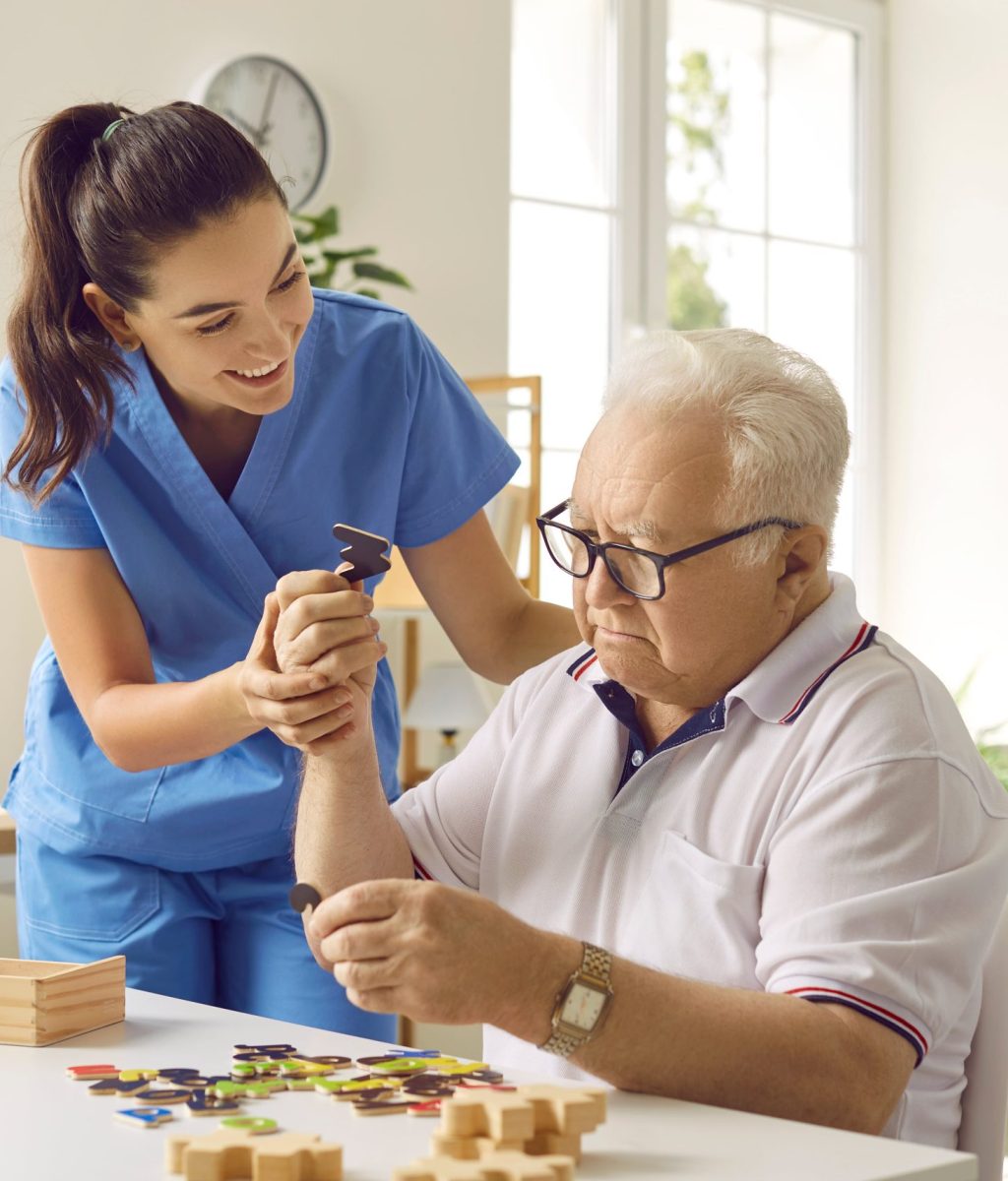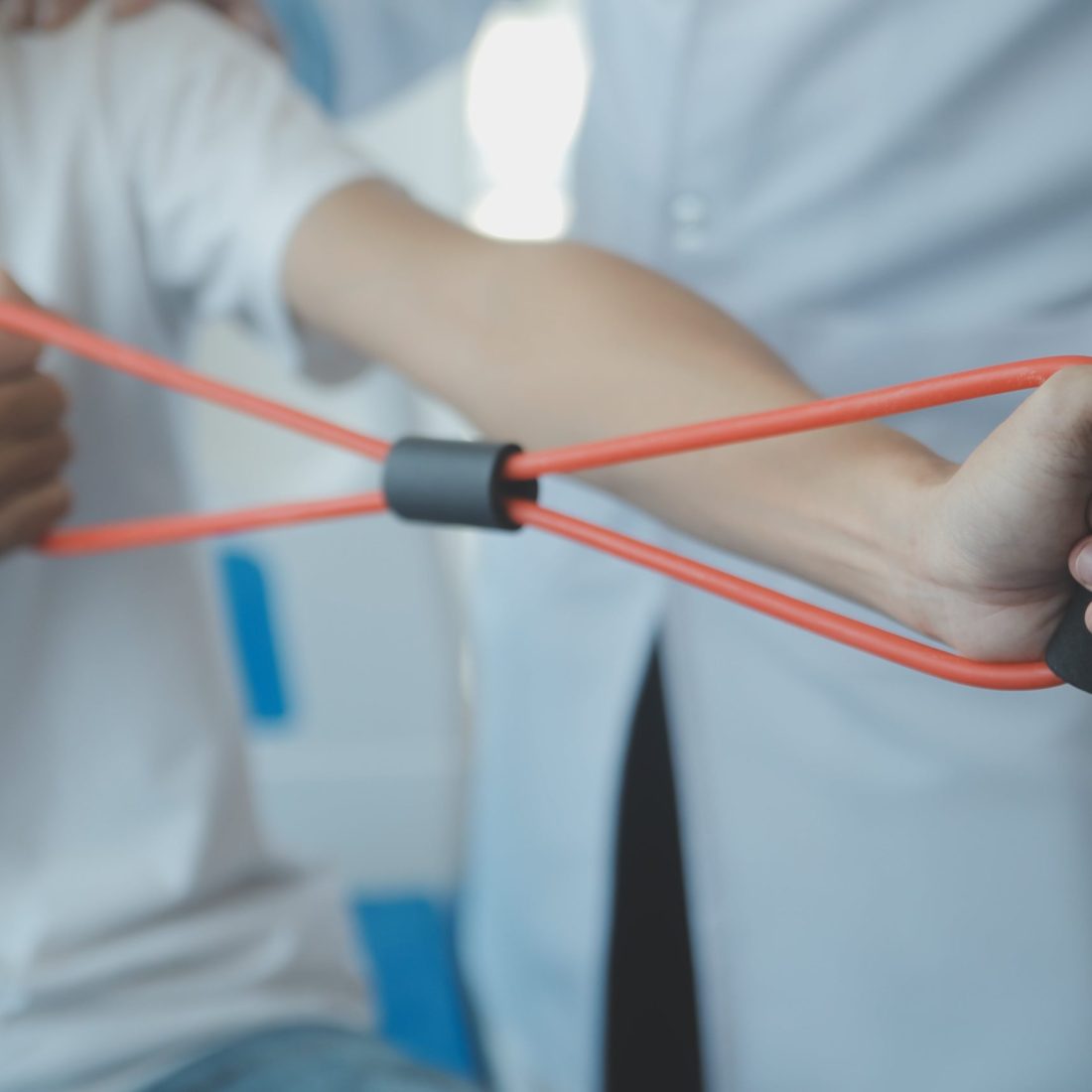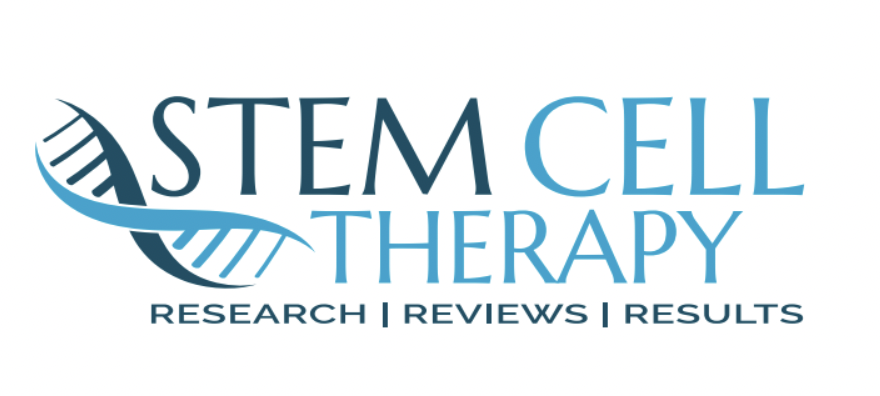Stem Cell Therapy for Stroke
Stem Cell Therapy for Stroke
Stem Cell Therapy for Arthritis
Stem Cell Therapy for Stroke
Have you or a loved one ever experienced a stroke? Or do you know someone recovering from one? If so, you’re aware of the potentially devastating impacts it can have on health, mobility, speech, and more.
Stroke can change lives in an instant. But what if an innovative treatment could help stroke survivors regain function? Keep reading to learn about an emerging therapy and how it may transform stroke recovery.
Stroke can change lives in an instant. But what if an innovative treatment could help stroke survivors regain function? Keep reading to learn about an emerging therapy and how it may transform stroke recovery.

Overview of a Stroke
Before diving into new treatments, it’s important to understand what a stroke is. Simply put, a stroke occurs when the blood supply to part of the brain is interrupted. Without oxygen-rich blood, brain cells quickly become damaged or die.
There are two main types of stroke
01
Ischemic stroke
It accounts for about 87% of cases. It happens when a clot blocks blood flow in an artery leading to or within the brain.
High blood pressure, high cholesterol, smoking, and more can cause clots to form. An ischemic stroke may only last a few minutes if blood flow is restored quickly. But even brief disruption harms delicate brain tissue.
02
Hemorrhagic stroke
It occurs when an artery leaks or ruptures. The most common cause is uncontrolled high blood pressure over time. When a weakened vessel ruptures, it floods the surrounding areas with blood. The pressure crushes cells and limits the oxygen supply. About 13% of strokes are hemorrhagic.
We use umbilical cord tissues that have a high concentration of stem cells.
Whether ischemic or hemorrhagic, strokes share some common effects, depending on the severity and location. Someone may lose control of parts of the body, have trouble walking or speaking clearly, suffer paralysis or weakness, and more.
Current Rehabilitation Methods and Treatments
Right now, rehabilitation is the main treatment for restoring function after a stroke. Physical, occupational, and speech therapy help retrain the brain and strengthen pathways. Mobility aids provide extra support for those with weakness or paralysis.
But while rehab can produce gains, results vary widely from person to person. Plus, with damage to delicate neural networks, recovery typically reaches a plateau. What if stem cells could integrate into injured areas and help repair or replace damaged tissue?
But while rehab can produce gains, results vary widely from person to person. Plus, with damage to delicate neural networks, recovery typically reaches a plateau. What if stem cells could integrate into injured areas and help repair or replace damaged tissue?


Types of Arthritis that Stem Cell Therapy Can Treat
Stem cells are special cells that can turn into other types of cells. When injected into the body, they can potentially replace damaged cells and tissues. This makes them a promising option for stroke recovery.
How might stem cells restore abilities lost after a stroke? First, they can develop into new brain cells, repairing injury sites. Damaged areas often lose important neurons and connections. Stem cells may patch these gaps, letting signals travel again.
Beyond cell replacement, stem cells also curb swelling and protect existing cells from more harm. They secrete growth chemicals, too, nurturing weakened networks to perk back up.
In all, stem cell therapy takes a multi-pronged approach to stroke recovery. Early trials display encouraging turnarounds, too. Over 80% of treated chronic stroke survivors make motor skill gains, according to one 2016 study.
Mobility boosts stems from rebuilt pathways. But that’s not all. Patients also regain sensation, strength, coordination, and range of motion once lost.
Imagine speech returning years post-stroke thanks to integrated stem cells bridging broken links. Researchers still need to fine-tune when and where to inject cells. But the constant advances accelerate progress toward this goal.
How might stem cells restore abilities lost after a stroke? First, they can develop into new brain cells, repairing injury sites. Damaged areas often lose important neurons and connections. Stem cells may patch these gaps, letting signals travel again.
Beyond cell replacement, stem cells also curb swelling and protect existing cells from more harm. They secrete growth chemicals, too, nurturing weakened networks to perk back up.
In all, stem cell therapy takes a multi-pronged approach to stroke recovery. Early trials display encouraging turnarounds, too. Over 80% of treated chronic stroke survivors make motor skill gains, according to one 2016 study.
Mobility boosts stems from rebuilt pathways. But that’s not all. Patients also regain sensation, strength, coordination, and range of motion once lost.
Imagine speech returning years post-stroke thanks to integrated stem cells bridging broken links. Researchers still need to fine-tune when and where to inject cells. But the constant advances accelerate progress toward this goal.
The Future of Stem Cell Therapy for Stroke Patients
The research on stem cell therapy for stroke patients is still ongoing. The latest research is furthering our understanding of how to safely and effectively use stem cells for stroke repair and regeneration.
Scientists are exploring combinations with rehab to boost outcomes, too. As more clinical trials demonstrate safety and positive results, approval for widespread use may follow. In the coming years, stem cell therapy could expand from research to become a common choice alongside rehab post-stroke.
Given the vast impacts strokes have on patients and caregivers alike, adding new solutions with regenerative potential fills an important gap in care. Offering more people a chance to regain critical abilities could change lives.
Advancements in the lab today set the foundation for tomorrow’s breakthrough treatment options. Stem cell therapy marks an exciting milestone in innovating better outcomes for stroke survivors. Keep an eye out for updates on this emerging approach!
Scientists are exploring combinations with rehab to boost outcomes, too. As more clinical trials demonstrate safety and positive results, approval for widespread use may follow. In the coming years, stem cell therapy could expand from research to become a common choice alongside rehab post-stroke.
Given the vast impacts strokes have on patients and caregivers alike, adding new solutions with regenerative potential fills an important gap in care. Offering more people a chance to regain critical abilities could change lives.
Advancements in the lab today set the foundation for tomorrow’s breakthrough treatment options. Stem cell therapy marks an exciting milestone in innovating better outcomes for stroke survivors. Keep an eye out for updates on this emerging approach!

Frequently Asked Questions about Stem Cell Therapy for Stroke
How well does stem cell treatment for stroke help survivors regain abilities?
Over 95% of our patients rebuild damaged movement pathways in their brains. Many regain control of once paralyzed limbs or lost speech that rehab never brought back. It beats those frustrating plateaus! Stem cells are proving to spark serious repair.
Who's eligible for this stem cell stroke therapy?
At this stage, it benefits moderate to severe stroke survivors still struggling with disabling effects. But stay tuned as criteria expand so more folks can access this innovation! Let us evaluate your medical history to discuss qualifying for this treatment. The goal is to restore function for as many people as possible.
Can you walk me through how the stem cell treatment process works?
We use premium stem cells from licensed tissue banks. Then, we give 1-2 gentle injections around the stroke injury area. The cells intuitively migrate to damage zones to work rebuilding magic! It’s amazing how they know just where to go to kickstart repair.
Is injecting stem cells into the brain safe?
Safety is the top priority with any treatment. But so far, trials report minimal side effects—maybe small headaches or nausea afterward. That offers peace of mind! What’s more, the cells show no signs of causing harm once inside.
Could there be any concerning side effects?
The biggest annoyances sound like temporary headaches or nausea for a small few. Our team will closely track outcomes to catch any hiccups. But the evidence so far suggests injected cells gently do their healing thing without complication.
How is stem cell therapy different from usual stroke rehab?
Current rehab strengthens remaining pathways but can’t restore lost ones. Stem cells actually replace dead cells, so people regain functions that were previously impossible! It’s the first restorative approach targeting cell loss at the stroke’s disabling root. This option brings fresh hope!

Contact Us
Contact Us Today
No need to ask, “Where Can I Get Stem Cell Treatment for Stroke?” because Stem Cell Therapy Review is here to guide you! Now that you’ve learned the basics about this innovative treatment option, you may have more questions or want to dig deeper.
The stem cell therapy experts at Stem Cell Therapy Review have put together helpful resources to educate patients, caregivers, and medical providers.
Contact us to discover ongoing research on stem cells for stroke, clinical trial opportunities, specialist referrals in your area, financial assistance options, and support groups for those recovering from stroke.
Don’t struggle in silence or miss out on emerging solutions. Reach out today to learn how stem cells could positively impact your or your loved one’s life after a stroke.
The stem cell therapy experts at Stem Cell Therapy Review have put together helpful resources to educate patients, caregivers, and medical providers.
Contact us to discover ongoing research on stem cells for stroke, clinical trial opportunities, specialist referrals in your area, financial assistance options, and support groups for those recovering from stroke.
Don’t struggle in silence or miss out on emerging solutions. Reach out today to learn how stem cells could positively impact your or your loved one’s life after a stroke.

